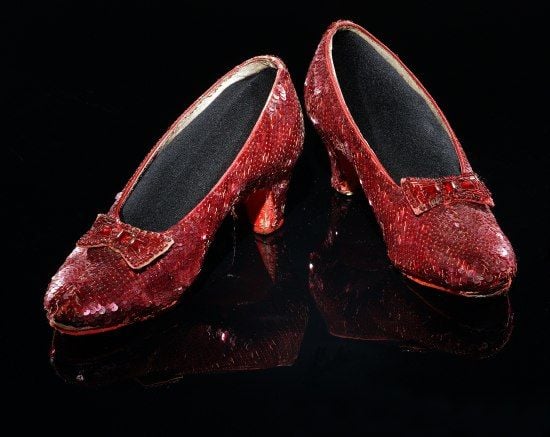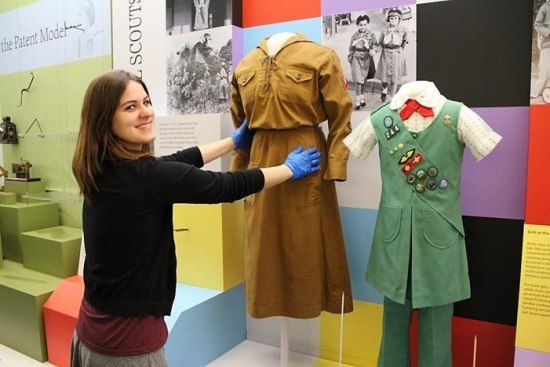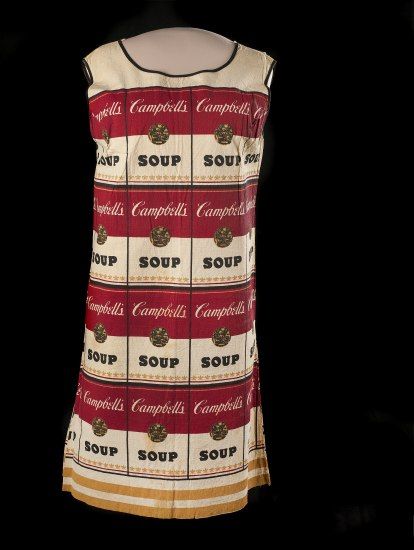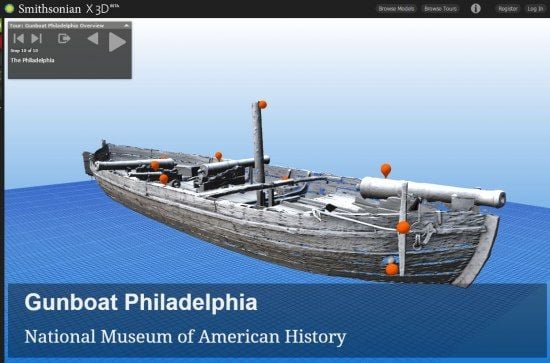NATIONAL MUSEUM OF AMERICAN HISTORY
Why Isn’t My Favorite Artifact on Display?
We know how it feels when you come to the museum and the thing that you love isn’t on display
:focal(684x410:685x411)/https://tf-cmsv2-smithsonianmag-media.s3.amazonaws.com/blogging/featured/R2-D2.png)
On rainy weekends, my mom would say, "Let's go visit Boomer." With big, wise eyes and a grumpy mouth, Boomer the Queensland Grouper was a key part of every visit to our local science museum. Because of our visits to Boomer's large aquarium, I know what it's like to love something in a museum and to make a tradition of visiting it. So I know how our visitors feel when they come to this museum and the thing that they love isn't on display.
As a social media manager, I sometimes hear from visitors who are disappointed that the puffy shirt from Seinfeld, the script from The Wizard of Oz, or Fonzie's jacket aren't on display. Museums are places we visit to connect with our memories of the past, and we know how disappointing it can be when a favorite object isn't here to greet you. In the spirit of transparency, I want to share a few reasons why your favorite thing may not be on view, as well as a few tips on how to get the most out of your visit.

Most of museums' stuff is in storage
Museums have much larger collections than they have space to display. Do you really want to see every single example of a single butterfly species from the National Museum of Natural History's collection? Probably not, unless you're a researcher. According to a BBC article, the Louvre shows eight percent of its collection. Space limitations and conservation concerns make it even more important for Smithsonian museums to digitize our collections so you can explore them online.
We display more objects online than we do in our building
Our Information Desk volunteers and Museum Ambassadors often hear from visitors who come to the museum hoping to see an object they spotted on our website or Facebook page. Sharing our collections online is an important part of our mission and we'll continue to do our best to communicate what's on display and what’s not.
Change is good, even for a history museum
We love that families visit the museum again and again to re-connect with favorite exhibitions, but we can't stay static. To be a place where memories are made, we have to provide an excellent visitor experience. This means closing exhibitions to make way for new ones, revamping programming to meet evolving educational needs, and rotating content to represent the diverse stories of American history.

Display is great for visitors, not so great for objects
When I got my first museum job, I was surprised to learn how damaging light can be. Textiles, documents, and most museum artifacts are irreversibly affected by light. We take measures to protect objects from light damage, carefully controlling the length and intensity of exposure. This means that many objects can only be displayed for a limited time in order to protect them from damage.
Rotating objects isn't easy
When a 1960s dress was too sensitive to stay on display for the length of a recent exhibition, curators and conservators collaborated to identify other dresses that could be displayed on rotation. This minimized light exposure and allowed visitors to see more of our collections. But there are only so many people on staff who have the specialized skills to manage rotations across our many exhibitions, and some one-of-a-kind objects don't have a back-up.

Building a new exhibition for objects takes time
Until Exhibition Development 101 in graduate school, I didn't realize exhibition building is as complicated as producing a Hollywood movie. Creating storylines, scripts, casting plans, and audiovisual content takes time. The gap between closing one exhibition and opening another can feel long. We recommend you check exhibition closing dates to make sure you don't miss out. And remember, our online exhibitions and object groups make objects available online, whether they're on display physically or not.
Objects that join our collection usually aren't displayed right away
We're constantly collecting. For example, every four years our political history curators hit the campaign trail tracking down objects representative of the presidential race. Objects must be processed before they're eligible for display, so you may hear that we acquired something, but that typically doesn't mean we can put it on display right away.

Displaying objects is only part of our job
The Smithsonian's collections belong to the nation—you trust us to take good care of them, which includes preservation, research, and educational outreach. Our mission is "The increase and diffusion of knowledge," and we carry it out in a variety of ways. Visiting us in Washington, D.C., is a great way to learn about history, but we also publish books and blog posts, showcase objects on the Smithsonian Channel, present online and on-site educational programs, lend objects to Smithsonian Affiliate museums, and develop resources for classrooms around the country.
Now that you're fluent in how museums work behind the scenes, here are some tips for your next visit:
- Subscribe to the museum's newsletter (or swing by the website occasionally) for information on openings and closings.
- Download our self-guides, especially if you're visiting with young people.
- Get in touch on social media. I'll be happy to answer your questions!
- Read our blog posts with tips on bringing kids to museums.
- To cover a lot of ground, visit on a quiet day (Tuesdays are a good bet) or outside of tourist season (fall and winter are great times to visit).
- Once here, stop by our second floor Welcome Center, where knowledgeable volunteers will help you plan your visit or point you towards the next Highlights Tour.
This post was originally published on the National Museum of American History's blog on April 12, 2016. Read the original version here.
